Lian Li's PC-V1000: A Case Exclusive
by Purav Sanghani on April 29, 2004 12:05 AM EST- Posted in
- Cases/Cooling/PSUs
External Design
When first looking at the PC-V1000 out of the box, it seems like an ordinary chassis with a few custom touches. The entire front bezel as well as the bottom and a small section at the back of the chassis are covered with small round holes, which allow for increased air flow during system operation.There are a total of five 5-1/4" drive bays exposed, where the 1st bay is occupied by a matching CD-ROM bezel and the 5thbay is occupied by the 5-1/4" to 3-1/2" drive bay converter/bezel. This leaves three 5-1/4" drive bays free.
Directly below the drive bays are the Power button and the power and HDD LEDs. Lian Li decided to leave the reset button out of this design, which will limit that functionality. The internal connector for the power button is also mislabeled as "reset sw", which could be confusing to some. The power and HDD LEDs are a bit small compared to those on their previous cases, but are bright and easy to see.
At the bottom of the front bezel are the auxiliary connections for audio (headphones and mic), dual USB, and Firewire. They seem to blend in with the rest of the face quite nicely.
The PC-V1000 also has aluminum wheels that allow users to roll the case forward and back. Since the wheel mountings are screwed on, they can be removed easily with a Philips head screwdriver if preferred. The back wheels can be locked to keep the chassis from rolling.
The side panels are made of the same thick aluminum as the rest of the chassis and have rounded corners to fit the shape of the case. The edges of both panels also have a saw-tooth style cut to give the PC-V1000 an industrial look.
The minute we turned the PC-V1000 around to look at the backside, we noticed something different about it. It looked like the case was turned upside down, and this is where the realization of the new design came in to play. If you can visualize a standard case, the power supply is mounted at the top with optional case fans directly below it and the add-on card openings below that. With Lian Li's introduction of this new design, everything from the motherboard back is turned upside down: power supply mounted at the bottom with the motherboard above it.
The panel to access the PC-V1000's internals is now on the right panel. To remove either panel, we unscrewed what looked to be traditional thumbscrews, but were surprised to find them attached to the chassis. We found that Lian Li has designed a locking mechanism for the side panels, making them easier to remove and replace than the traditional sliding panel design. We pulled on the thumbscrew to release the mechanism and remove the tray.


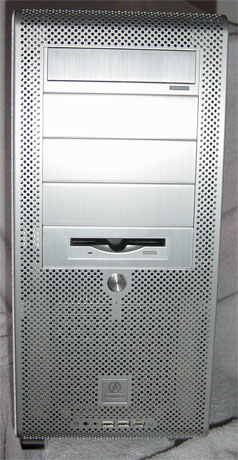
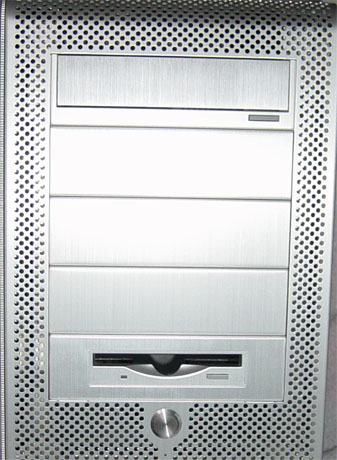
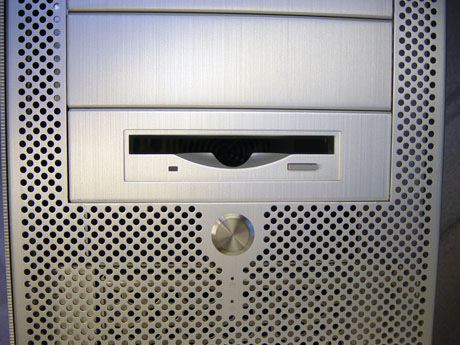
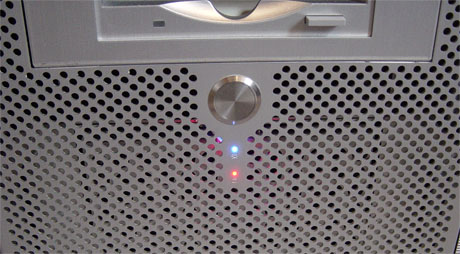
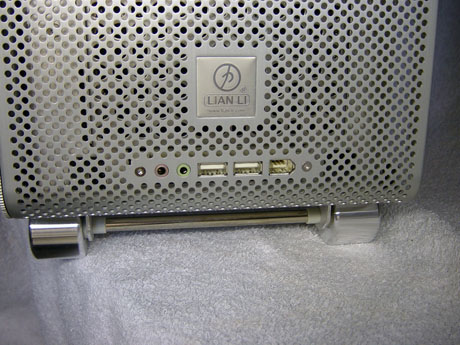

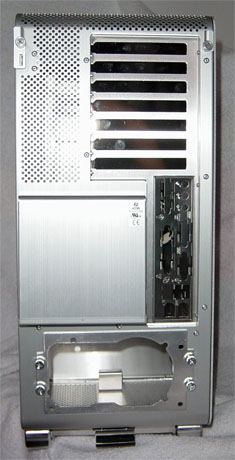
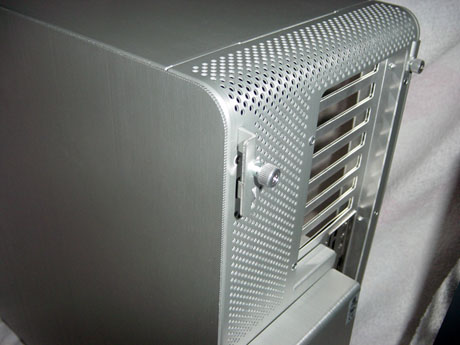








32 Comments
View All Comments
bigboxes - Thursday, April 29, 2004 - link
Did you seriously not notice that this is butt ugly?tthiel - Wednesday, April 28, 2004 - link
Did you seriously not notice that this is a copy of the Mac G5?